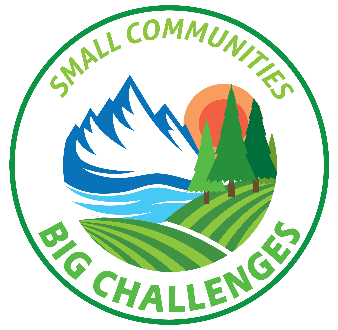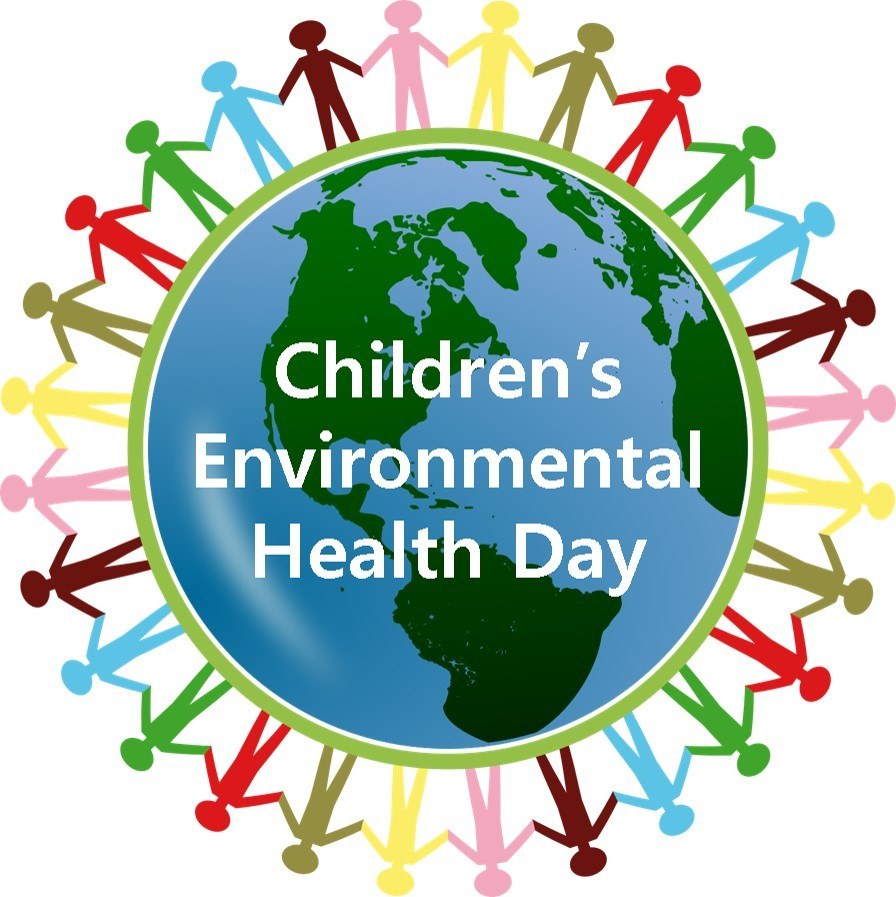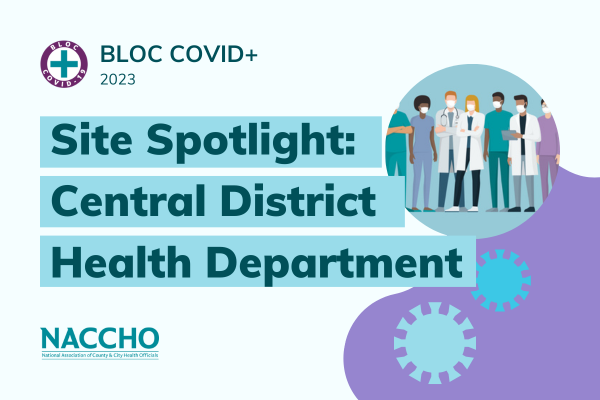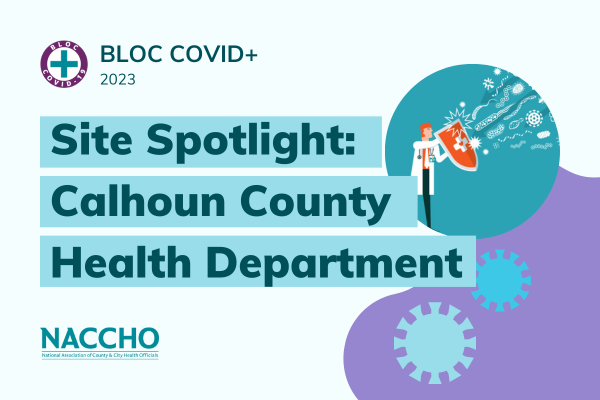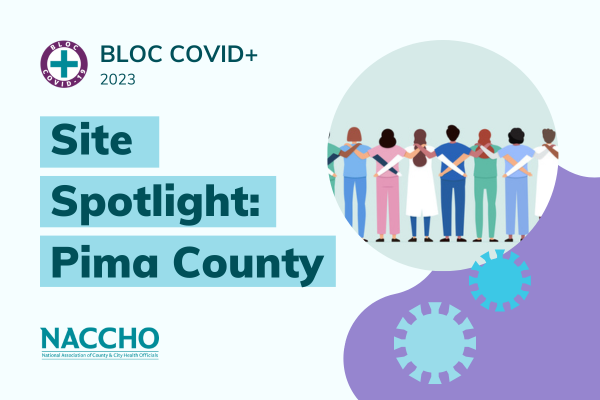Popular Categories
Guidance: Technologies for Vector-Borne Disease Surveillance
The Association of State and Territorial Health Officials (ASTHO) designed a guidance document for state and territorial health...
Jul 27, 2017 | Kim Rodgers
A Decade of Arboviral Activity – Lessons Learned from the Trenches
In a new article in Public Library of Science – Neglected Tropical Diseases, two scientists from the Centers for Disease Control and...
Apr 24, 2017 | Kim Rodgers
CDC Webinar Recording: Vector Surveillance and Control in Response to Zika
The CDC’s Division of Vector-Borne Diseases recently hosted a webinar focusing on Vector Surveillance and Control in Response to...
Jun 02, 2016 | Anastasia Sonneman
Aedes Aegypti and Local Vector Control: Mapping out a Plan for Zika Vector...
Summertime is approaching, which means mosquito season is upon us. As the weather gets warmer, we can expect to see an increase in the...
May 31, 2016 | Nyana Quashie
Zika Action Plan Summit: Lessons for Local Health Departments
On April 1, the Centers for Disease Control and Prevention hosted the Zika Action Plan Summit to convene state, local, and tribal...
Apr 14, 2016 | Christina Baum
Preparing for the Growing Threat of Mosquito-Borne Illnesses
During the summer, mosquitoes can be a nuisance when trying to enjoy the warm weather. But with climate change and lack of...
Jul 14, 2015 | Stella Bartholet
Guidance: Technologies for Vector-Borne Disease SurveillanceThe Association of State and Territorial Health Officials (ASTHO) designed a guidance document for state and territorial health agencies that are interested in surveillance tools to build or expand their vector-borne disease surveillance activities. This document identifies vector-borne disease surveillance technologies that public health agencies can use to monitor and mitigate mosquito-related... Jul 27, 2017 | Kim Rodgers |
A Decade of Arboviral Activity – Lessons Learned from the TrenchesIn a new article in Public Library of Science – Neglected Tropical Diseases, two scientists from the Centers for Disease Control and Prevention’s (CDC’s) Division of Vector-Borne Diseases (DVBD) highlight the many advances made in arbovirology over the past decade. In addition, the authors note the importance of strong state and national surveillance and preparedness systems for... Apr 24, 2017 | Kim Rodgers |
CDC Webinar Recording: Vector Surveillance and Control in Response to ZikaThe CDC’s Division of Vector-Borne Diseases recently hosted a webinar focusing on Vector Surveillance and Control in Response to Zika as a part of their “Zika Action Place (ZAP) Summit Follow-Up Teleconference” series. The presentation included a variety of useful resources in preparing for and responding to the Zika virus threat, such as preparing for mosquito […] Jun 02, 2016 | Anastasia Sonneman |
Aedes Aegypti and Local Vector Control: Mapping out a Plan for Zika Vector Surveillance and ControlSummertime is approaching, which means mosquito season is upon us. As the weather gets warmer, we can expect to see an increase in the population of one of the main mosquito species transmitting the Zika virus throughout the U.S—Aedes aegypti. To help understand the range and areas most likely to be impacted by Zika, NACCHO created several maps depicting the recorded distribution […] May 31, 2016 | Nyana Quashie |
Zika Action Plan Summit: Lessons for Local Health DepartmentsOn April 1, the Centers for Disease Control and Prevention hosted the Zika Action Plan Summit to convene state, local, and tribal representatives to improve Zika preparedness and response in the United States. Dr. LaMar Hasbrouck, Executive Director, and Dr. Oscar Alleyne, Senior Adviser for Public Health Programs, attended on behalf of NACCHO. I spoke […] Apr 14, 2016 | Christina Baum |
Preparing for the Growing Threat of Mosquito-Borne IllnessesDuring the summer, mosquitoes can be a nuisance when trying to enjoy the warm weather. But with climate change and lack of surveillance funding, mosquitoes are developing into more than an irritating pest—instead they pose a major threat to public health in the United States. Arboviral surveillance funding has decreased by nearly two-thirds in the […] Jul 14, 2015 | Stella Bartholet |

Subscribe Today
Sign Up for the E-mail Digests
Create an account or login to MyNACCHO and go to "My Subscriptions."
SUBSCRIBE NOW
